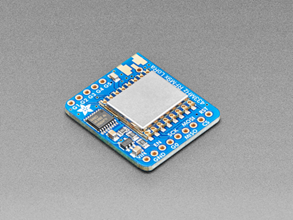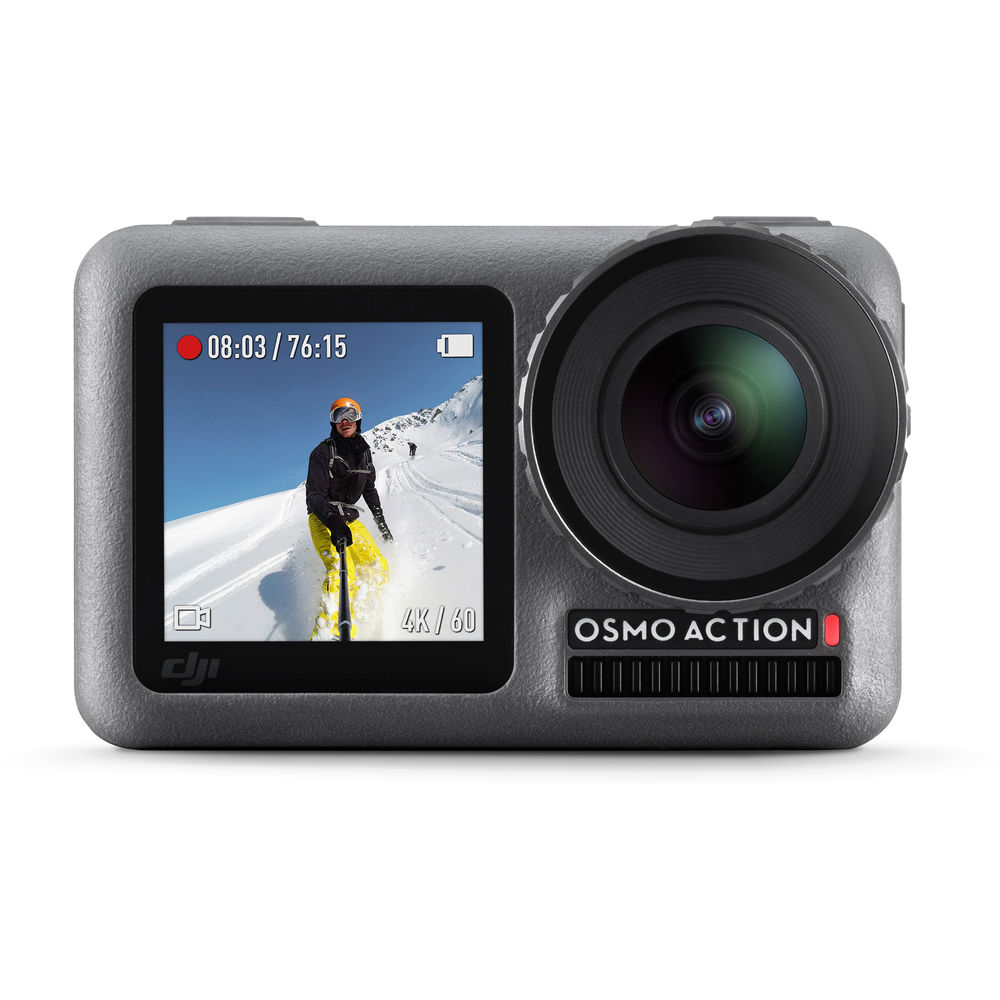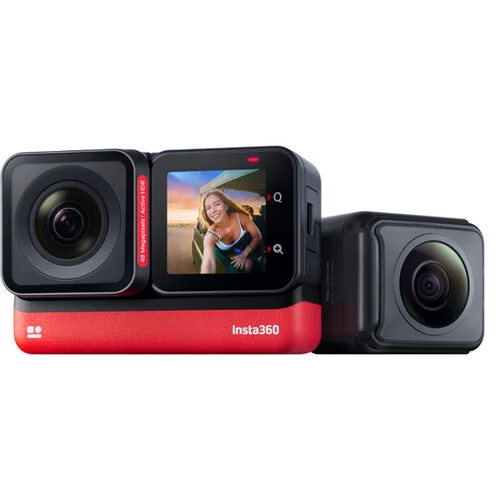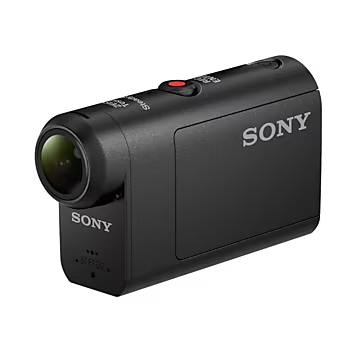The Phoenix Cubesatallite project
Project Phoenix is yet another exciting chapter, unfolded by the Electronic Club in collaboration with SEDS Mora. The project will be implemented in two stages: a weather balloon mission and the development of a Cube Satellite. The following sections provide an overview of each phase and other significant aspects of the project.
I. First Phase: Weather Balloon
Before proceeding to the main stage, a high-altitude weather balloon is planned to be launched into the atmosphere to obtain comprehensive knowledge of the surroundings. The primary goal of this phase is to determine the concentration of contaminants at different atmospheric levels that harm the environment and contribute to greenhouse gases. The plan is to achieve these targets by employing air quality sensors and relevant electronic circuits. Considering the cost-inefficiency of other popular approaches of monitoring air pollution, it has been decided to employ this effective method to gather necessary information about our atmosphere.
II. Second Phase: Cube Satellite
The second phase of the Phoenix Project involves the installation of the Cube Satellite, which is a kind of research spacecraft that has standard dimensions and is lightweight. The objectives of launching a Cube Satellite into low Earth orbit include observing the Earth, testing new communications technology and performing miniature experiments. To successfully accomplish the expected goals, a team of outstanding undergraduates has been selected. The main team is divided into five sub-teams, each with an exceptionally talented leader to guide the team towards success. Following are the five sub-teams, along with their assigned tasks.
- Power Subsystem:
- Communication Subsystem:
- Altitude Determination and Control Subsystem:
- Structural, Payload, and Thermal Subsystem:
- Onboard Computing Subsystem:
The power subsystem generates, stores and distributes power to the other subsystems of the satellite by integrating power management and distribution electronics with power sources.
This subsystem enables the satellite to transmit and receive data to and from the ground. It may include antennas, transceivers, and modems.
This subsystem determines and controls the orientation of the satellite in space, using sensors like gyroscopes and magnetometers, as well as thrusters or other actuators.
This subsystem is responsible for providing physical support and enclosure for the other subsystems, as well as maintaining the temperature of the satellite within acceptable limits. Additionally, mounting cameras to take pictures and installing a spectrometer to analyze the composition of the atmosphere come under this subsystem.
This is responsible for executing the software and algorithms that control the operations of the satellite, as well as for processing and storing data.
The Phoenix Project would be a challenging yet captivating journey, beginning with the weather balloon and reaching the destination of the deployment of cube satellite. It's not just about exploring the atmosphere but also about finding productive ways to keep an eye on our earth. With the collective support and dedication of exceptional undergraduates, we can anticipate that this significant advancement will indeed achieve fulfillment and success.
Power Sub System
Power sub system plays a crucial role in Phoenix project which is responsible for generating, storing and distributing power to the other four subsystems by integrating power management and distribution electronics along with power sources. Following is an overview of the significant aspects of this subsystem.
Given the high-altitude operation of the weather balloon and cube satellite, numerous challenges must be overcome in this subsystem. The system should be able to operate in low temperatures (as low as -75°C). Due to the lightweight nature of the mission, batteries with high energy density are required. Another critical factor that should be focused on is battery duration. Several power-saving modes should be applied to supply power throughout the entire mission duration.
There are different possible configurations that can be employed to meet the expected requirements, including a single battery pack, a dual battery pack and an in-flight battery charging system with solar panels.
It has been decided to mainly use two power sources to supply power to each component. One battery pack will be utilized for devices with higher power requirements that operate for a shorter time, such as Raspberry Pi, cameras, etc. Another battery pack will be used for devices that require operation for a longer duration, like communication or tracking devices. Additionally, another battery pack will be used as a backup power source in case of a power failure. Both of these implementations would require an active heating mechanism because battery performance decreases drastically at temperatures below -20°C/-40°C.
For the battery charging method, series-connected solar panels mounted on the payload box can be employed to charge batteries during the flight. However, the difficulty is that solar panels require additional circuitry, including systems for battery charging and particularly MPPT regulators.
Battery selection is another factor that should be paid attention to carefully. It is a well-known fact that the atmospheric temperature tends to decrease at higher altitudes. As battery performance typically declines in low temperatures, a similar impact can be expected at high altitudes. There are many possible batteries widely used in many applications, such as Li-SO2 , Ni-Cd and Lithium-ion. Let’s discuss the advantages and drawbacks of each possible battery.
- Lithium Sulfur Dioxide (Li-SO2) batteries have been found to satisfy all of the typical requirements. The nominal voltage is about 2.9V and they are available in a wider capacity range. They also have better performance at low temperatures.
- Nickel Cadmium (Ni-Cd) has a high energy density. The most significant drawback of this is the memory effect. The thermal properties are the same as those of Li-ion batteries.
- Nickel Cadmium (Ni-Cd) has a high energy density. The most significant drawback of this is the memory effect. The thermal properties are the same as those of Li-ion batteries.
In the Pheonix project, there are some other issues that arise. Because the voltage and current requirements of the various components differ, multiple voltage regulators and buck/boost converters are required. To safeguard batteries from very low temperatures, passive insulation or the active heating method would be appropriate. However, implementing active heating would add additional cost and increase power consumption. Another challenge arises with balancing power across parallel battery strings.
As a critical but challenging subsystem of the Phoenix project, the power subsystem is responsible for a variety of functions. However, with the collective support and dedication of the exceptionally talented undergraduates working in this subsystem, the challenges will not be difficult to overcome.
Communication Sub System
In this section, we will primarily focus on the initial stage of the project, the weather balloon and shed light on its communication subsystem.
Central to the success of the weather balloon project is the communication subsystem. This critical component ensures seamless data transmission from the high-altitude balloon to the ground station as well as tracking the location of the balloon. Real-time access to the collected data is essential for monitoring and analysis, making the communication subsystem a pivotal aspect of the entire venture.
LoRa Radio Transceiver 433MHz:

As the primary communication device, the LoRa Radio Transceiver operating at 433MHz plays a pivotal role in sending data over long distances. Unlike traditional communication methods such as WiFi or Bluetooth, which operate in the crowded 2.4GHz spectrum, LoRa offers an alternative in the license-free ISM frequency bands, providing an extended communication range. The magic of LoRa lies in its simplicity and efficiency. These radio modules eliminate the need for complex association, pairing, or scanning processes.
Instead, users can transmit data effortlessly, and any module tuned to the same frequency with the matching encryption key will receive the information. This feature makes LoRa modules ideal for scenarios where long-distance communication is essential
One notable advantage of LoRa packet radios is their simplicity compared to WiFi or Bluetooth Low Energy (BLE). There's no need to worry about maintaining connections, as these modules handle packetization, error correction, and auto-retransmission. This results in a more straightforward and power-efficient communication process.
SPOT Trace Satellite Tracking Device:
In addition to the LoRa Radio Transceiver, a weather balloon project may incorporate a secondary communication device, such as the SPOT Trace Satellite Tracking device. Satellite trackers operate by relying on a network of satellites in orbit to receive position signals, offering global coverage as long as the antenna is pointed towards the sky.

The SPOT Trace is particularly effective for tracking payloads near and after landing. However, it's essential to note its limitations, such as the inability to communicate beyond 18,000 meters in altitude. This makes the SPOT Trace a valuable tool for post-landing tracking rather than continuous communication throughout the balloon's flight.
Together, these communication devices create a robust and comprehensive subsystem for weather balloon projects. The LoRa Radio Transceiver at 433MHz provides an efficient and long-range solution for real-time communication, while the SPOT Trace Satellite Tracking device serves as a reliable secondary option for tracking payloads post-landing. The integration of these communication devices ensures a comprehensive and effective system for gathering valuable information from the stratosphere.
Payload of Cube Satellite
Payload include 5 main accessories. Namely
- Camera
- Power source
- GPS Module
- Data Logger
- Sensors
In this context information related to camera is discussed.
Camera
There are five types of Cameras which suit to be included in the payload. They are
- Action Camera
- Compact Camera
- DSLR/Mirrorless Camera
- Raspberry Pi Camera
- Thermal Camera
Action Camera
Action Cameras normally process resolutions such as HD(720p), Full HD(1080/1440p), 4k Ultra HD(2160p). In general, they are 6 * 4 * 2.5 cm in size. Power consumption rate lies in 2- 4 Watts range. Their compact size, sturdy construction, high-quality imaging, and affordable price tag opens up exciting possibilities for diverse CubeSat missions. Below are some information about action cameras open for use.
Go Pro
Power Consumption :- 2- 4 Watts range
Dimensions :- 6.5 * 4.4 * 3.2 cm
Resolution :- Full HD (1080p), 2.7K, 4K Ultra HD (2160p)
Prices in $200 to $400 range

DJI Osmo Action
Power Consumption :- 2- 4 Watts range
Dimensions :- 6.5 * 4.2 * 3.5 cm
Resolution :- Full HD (1080p), 4K Ultra HD (2160p)
Prices in $200 to $300 range

Insta360 ONE R
Power Consumption :- 2- 4 Watts range
Dimensions :- 7.7 * 4.8 * 2.9 cm
Resolution :- 4K Ultra HD (2160p), 360-degree capture capability
Prices in $300 to $500 range

Sony
Power Consumption :- 2- 4 Watts range
Dimensions :- 6.8 * 4.0 * 3.5 cm
Resolution :- Full HD (1080p), 4K Ultra HD (2160p)
Prices in $200 to $500 range

Compact Camera
Compact Cameras normally process resolutions such as SD (480p)HD (720p) or Higher. In general, they are 10 x 6 x 3 cm in size. Power consumption rate lies in 2- 5 Watts range. Compact cameras, perfect for their miniaturized size, ruggedness, surprising image quality, and affordability. Their adaptability and versatility further expand the possibilities, unlocking a universe of new space exploration endeavors. These are use in general aerial imagery.
DSLR /Mirrorless Camera
DSLR/Mirrorless Cameras normally process resolutions such as Full HD (1080p) 4K Ultra HD (2160p) or Higher . They are larger in size. Power consumption rate lies in 5- 15 Watts range. They are valuable in Creative control in capturing.
RASPBERRY PI CAMERAS
Raspberry Pi Cameras normally process resolutions such as 8-megapixel (for images) , Full HD (for videos). They are 2.5 x 2.5 x 1.5 cm in size. Power consumption rate lies in 0.5-1 Watts range.
THERMAL CAMERAS
Thermal Cameras normally process resolutions such as 80x60 pixels to 640x480 pixels or Higher. They are Small handheld devices to larger units. Power consumption rate lies up to 10 Watts. They are use to study temperature variations, heat distribution, specific thermal signatures.